5 Simple Wall Cleaner Recipe For Sparkling Results
A home’s walls are more than just structural elements. They are the backdrop to our lives. The blank canvas upon which we paint our stories. They brighten up spaces, complement interior designs, and contribute to the overall ambiance of our homes. However, everyday life brings with it a range of challenges for these surfaces. Scuffs, fingerprints, and various stains are inevitable. But these imperfections can turn your pristine backdrops into canvases of chaos over time. This is where the beauty of DIY wall cleaner shines through. These homemade solutions are kind to your wallet and the planet. Plus, they also […]

A home’s walls are more than just structural elements. They are the backdrop to our lives. The blank canvas upon which we paint our stories. They brighten up spaces, complement interior designs, and contribute to the overall ambiance of our homes. However, everyday life brings with it a range of challenges for these surfaces. Scuffs, fingerprints, and various stains are inevitable. But these imperfections can turn your pristine backdrops into canvases of chaos over time. This is where the beauty of DIY wall cleaner shines through. These homemade solutions are kind to your wallet and the planet. Plus, they also bring a sense of personal accomplishment and care to the act of home maintenance.
These homemade DIY wall cleaner recipes are kind to your wallet and the planet

@The Spruce
Wall Cleaner Recipes
The trend towards DIY cleaning solutions is more than a fleeting fad. It’s a conscious shift towards healthier, more sustainable living. In a world where commercial cleaning products are often laden with harsh chemicals, DIY alternatives stand out for their gentle effectiveness. These homemade concoctions swap out potentially harmful ingredients for safe, natural ones. Thus, ensuring a cleaning process that’s kind to both the environment and your family’s health. The beauty of these solutions lies in their simplicity and accessibility. Common household items like vinegar, baking soda, and lemon are not just pantry staples. They’re powerful cleaning agents.
The trend towards DIY cleaning solutions is more than a fleeting fad

Vinegar and water
Embrace the simplicity of a vinegar and water solution. A timeless duo in the world of natural cleaning. By mixing equal parts of white vinegar with water in a spray bottle, you create an effective, all-purpose wall cleaner. This solution is particularly adept at tackling water-soluble stains and everyday grime. The acidity of vinegar breaks down dirt, making it an excellent choice for maintaining wall cleanliness. To use, simply spray the mixture generously onto the wall, allow it to work its magic for a few minutes, and then gently wipe the area with a soft cloth.
Embrace the simplicity of a vinegar and water solution

Baking soda paste
Confront those stubborn marks, like crayon scribbles or pencil drawings, with a reliable baking soda paste. This natural abrasive is gentle yet effective. This makes it perfect for removing tougher stains without damaging your walls. To prepare this paste, mix three parts baking soda with one part water. Do this until you achieve a thick, spreadable consistency. The resulting paste can be directly applied to the stained area. Use a sponge to gently scrub in a circular motion, focusing on the mark. This method lifts the stain from the surface without excessive force. After scrubbing, simply wipe the area clean with a damp cloth.
This natural abrasive is gentle yet effective
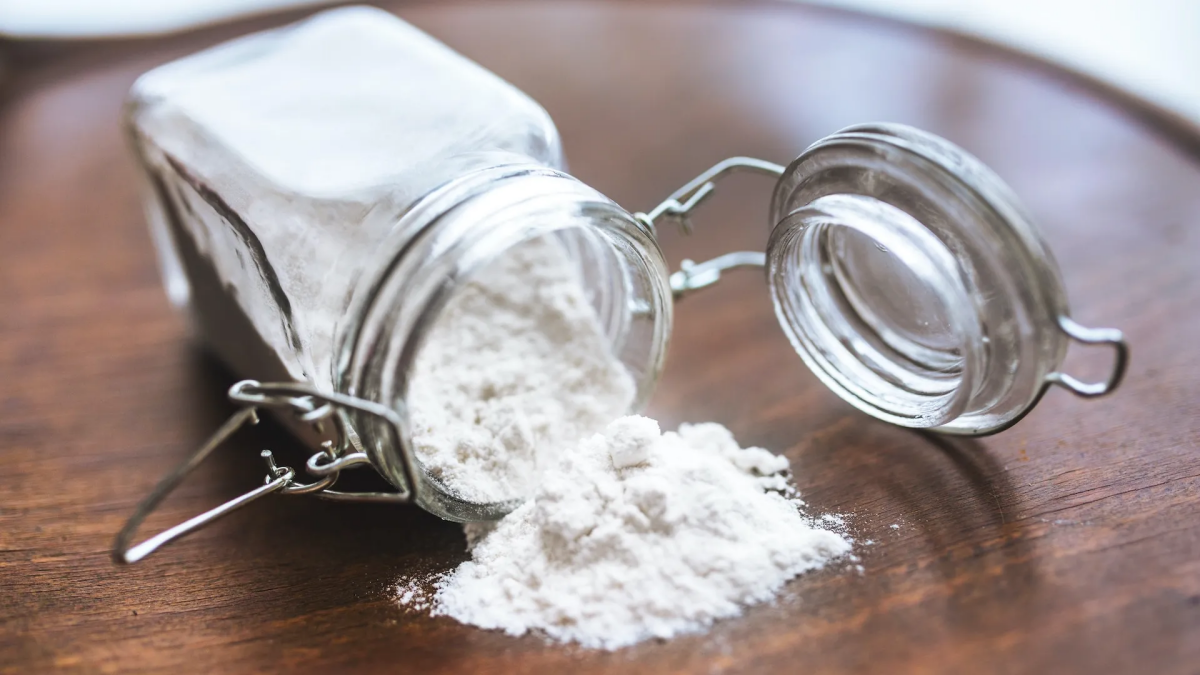
Ammonia-based cleaner
For those challenging, heavy-duty cleaning tasks, an ammonia-based cleaner is your ally. Ammonia’s potent cleaning properties make it ideal for tackling difficult stains, such as nicotine or grease. However, its strength requires cautious use. Begin by mixing one cup of clear ammonia into a gallon of warm water. This diluted solution reduces the harshness of pure ammonia while retaining its powerful cleaning capabilities. When using this cleaner, ensure the room is well-ventilated and consider wearing protective gloves. Apply the solution with a sponge. Gently work it over the stained area. The ammonia solution effectively breaks down tough grime, making it easier to wipe away. After cleaning, it’s crucial to thoroughly rinse the area with water to remove any residual cleaner, ensuring a clean, fresh finish.
Ammonia’s potent cleaning properties make it ideal for tackling difficult stains
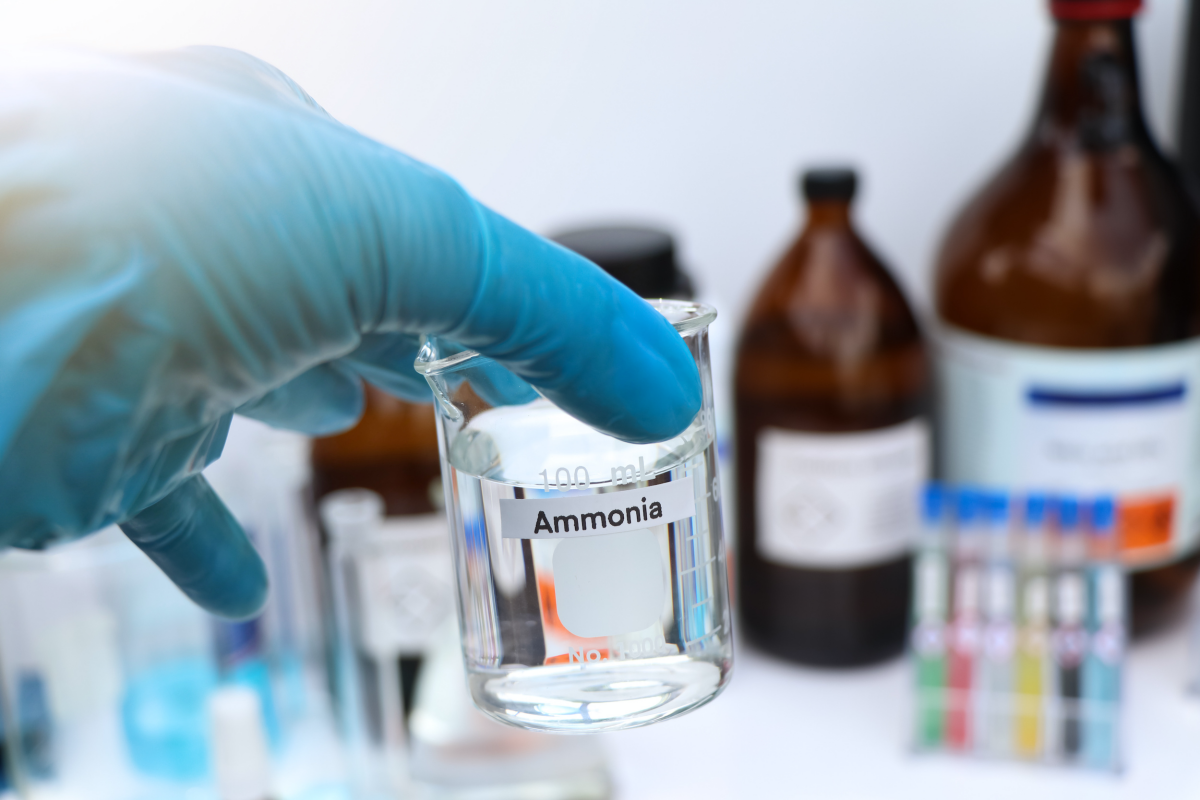
Dish soap and water mix
A dish soap and water mix is a surprisingly effective and gentle cleaning solution for your walls. This approach is particularly suitable for painted or wallpapered surfaces, which require a milder touch. To create this cleaner, add a few drops of mild dish soap to a bucket of warm water. The soap’s gentle cleansing agents are effective in removing light dirt and smudges without harming the wall’s finish. Dip a sponge into this soapy water, wring it out to avoid excessive moisture, and then gently wash the wall in a circular motion. This method lifts away dirt and grime, leaving your walls clean without any harsh scrubbing. After cleaning, use a dry, clean cloth to wipe the wall, preventing watermarks and ensuring a beautifully clean surface.
The soap’s gentle cleansing agents are effective in removing light dirt and smudges
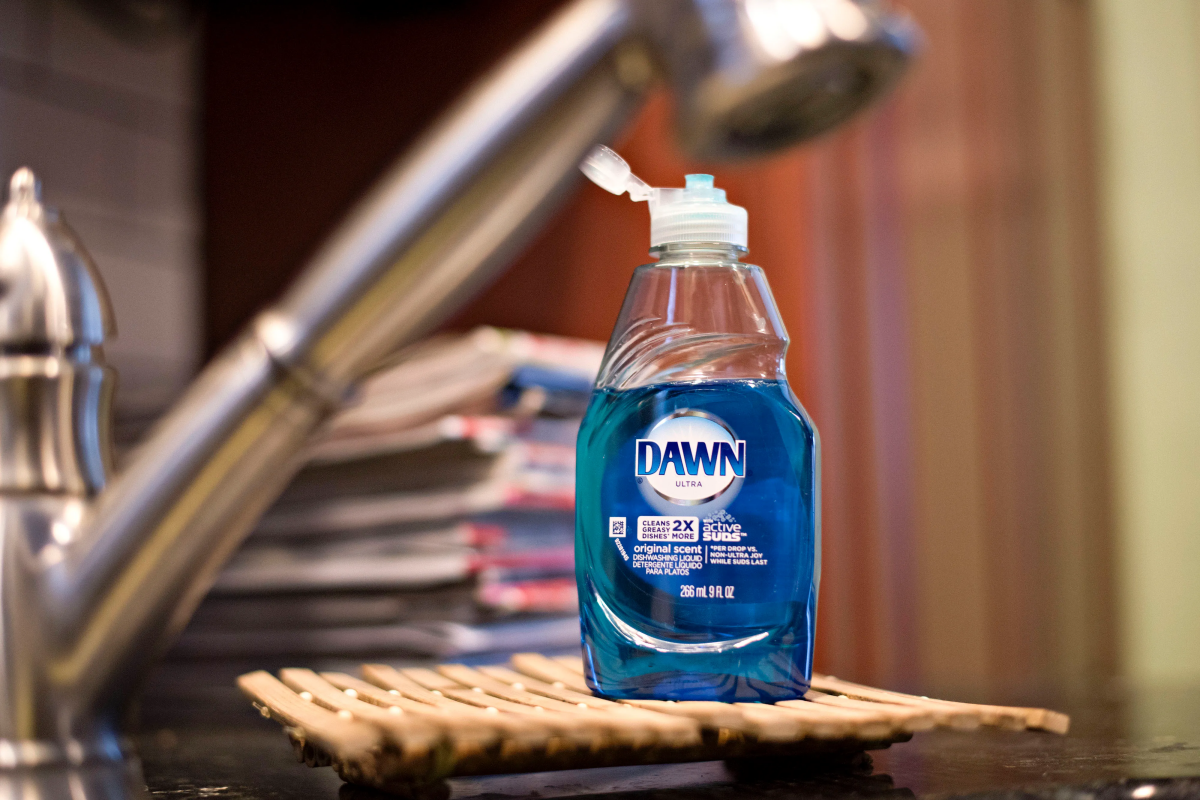
Borax-based solution
Borax stands out as an exceptional solution for tackling the persistent issues of mold and mildew on walls. Its natural antifungal and antibacterial properties make it a formidable opponent against these unwelcome guests. To create an effective borax-based cleaner, mix a half cup of borax with two cups of warm water until the borax is fully dissolved. This creates a potent solution that can be applied directly to affected areas using a sponge. The borax works to break down and inhibit the growth of mold and mildew, ensuring a thorough cleanse. After application, it’s important to rinse the area thoroughly with water to remove any residual borax. Safety is key when handling borax, so be sure to wear gloves to protect your skin during use.
Borax has natural antifungal and antibacterial properties

FAQs
Do walls need to be washed?
Yes, walls need to be washed. Over time, walls accumulate dust, dirt, and stains, which can diminish their appearance and contribute to a less hygienic environment. Regular cleaning maintains the aesthetic appeal of your home and can also extend the life of the paint. Washing walls is especially important in rooms prone to moisture, like kitchens and bathrooms, as it helps prevent mold and mildew buildup. However, the frequency of cleaning depends on the room’s usage and the level of dirt accumulation.
Walls need to be washed

How often should you wash your walls?
The frequency of washing your walls depends on several factors. This includes room usage, presence of children or pets, and personal cleanliness preferences. Generally, it’s good to wash your walls once a year. However, high-traffic areas or rooms exposed to more dirt, like kitchens and bathrooms, may need more frequent cleaning, perhaps every few months. In contrast, less frequented areas like guest rooms might need washing only every couple of years. Regular dusting of walls can also reduce the need for frequent washing.
It’s good to wash your walls once a year
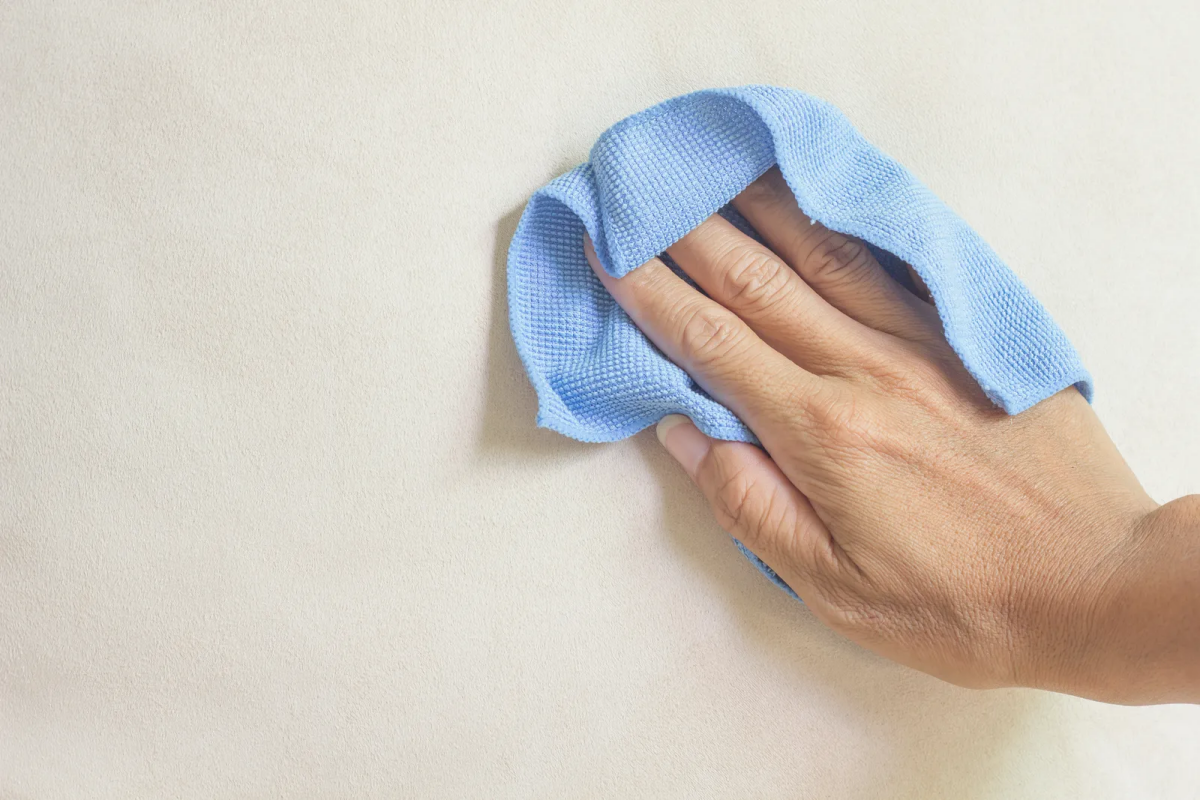
Should you wash walls from the top or bottom?
When washing walls, it’s advisable to start from the top and work your way down. This method prevents streaks and drips from dirty water or cleaner running down on already cleaned sections. Begin at the ceiling and gradually move downwards to the baseboards. Use a gentle, side-to-side motion as you clean. This technique ensures a more efficient and effective cleaning process, minimizing the risk of having to rewash areas due to drips or streaks.
It’s advisable to start from the top and work your way down

How do you clean dirty walls without damaging paint?
To clean dirty walls without damaging the paint, use a gentle cleaning solution and a soft sponge or cloth. Test the solution in an inconspicuous area first. Gently wash the walls using a soft sponge, avoiding excessive scrubbing, which can damage the paint. Always rinse the walls with a clean, damp cloth afterwards to remove any soap residue.
Use a gentle cleaning solution and a soft sponge or cloth
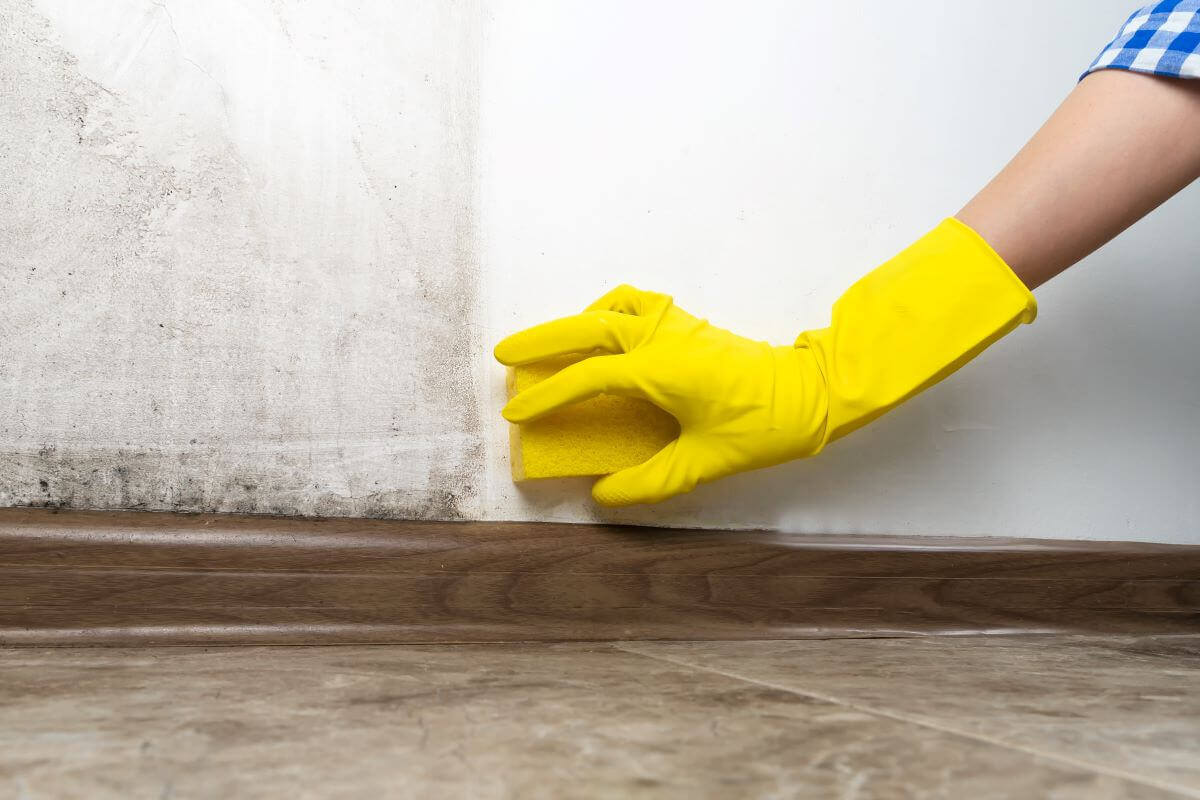
How do you get stains off painted walls?
To remove stains from painted walls, first identify the type of stain and the paint finish. For general stains, use a mixture of water and mild dish soap, applying it gently with a soft sponge. For tougher stains, a baking soda paste can be effective. Apply it to the stain, let it sit for a few minutes, then gently rub it off. Avoid harsh chemicals or abrasive tools, as they can damage the paint. Always test your cleaning solution on a small, inconspicuous area first.
Identify the type of stain and the paint finish
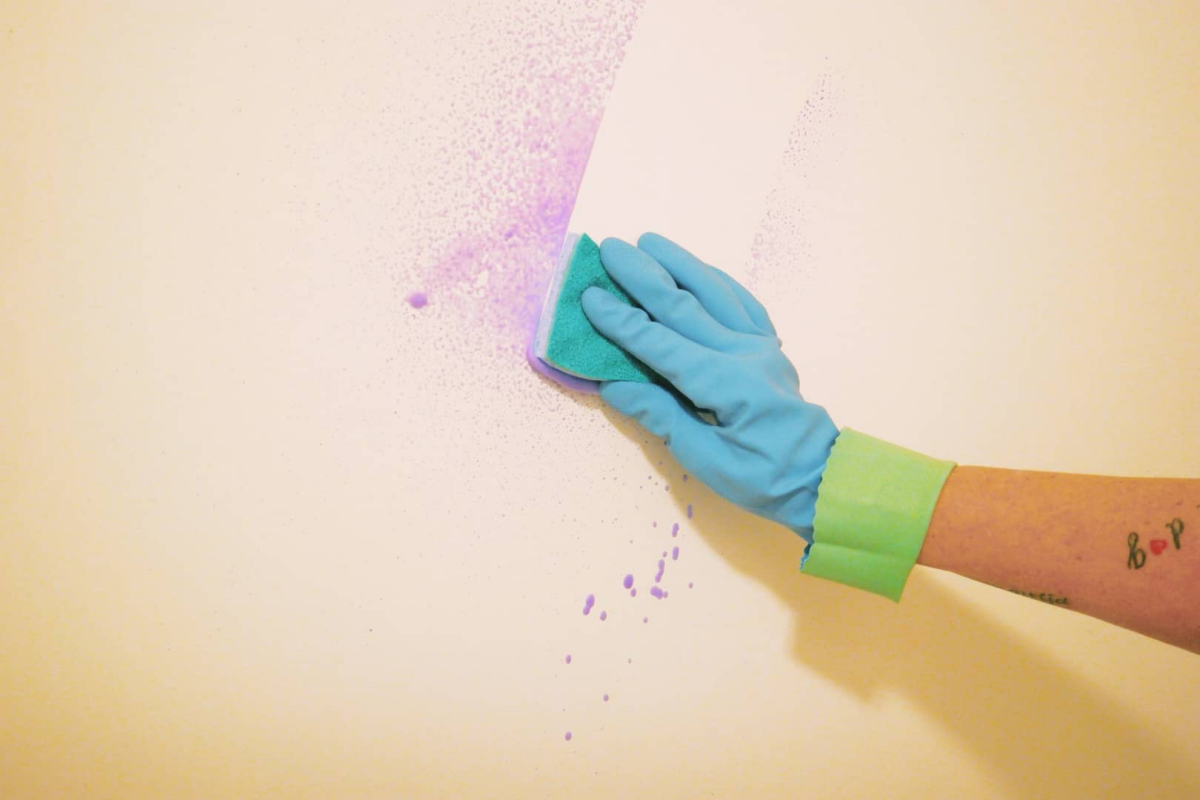
Embracing the art of DIY wall cleaner is not just about maintaining the aesthetics of your home. It’s about engaging in a sustainable, health-conscious lifestyle. These simple recipes are a testament to the effectiveness of natural ingredients and the power of doing it yourself. So, try them out yourself and witness the transformation of your walls. Here’s to a cleaner, greener, and more beautiful home!
DIY wall cleaner will leave you with sparkling results

